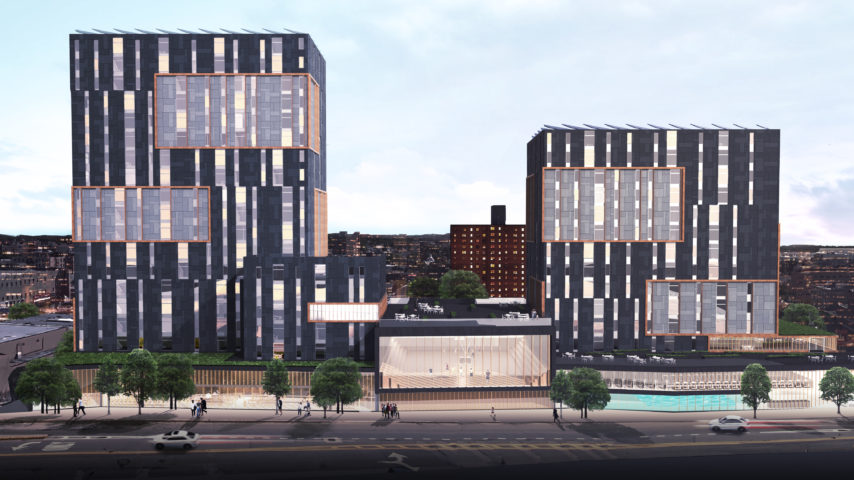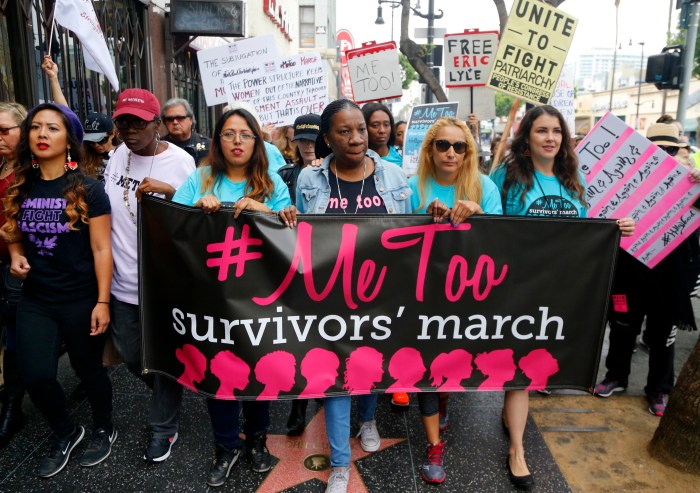Two elected officials from Queens are trying to make affordable housing truly affordable for the borough’s residents.
State Senator Michael Gianaris and Assemblyman Brian Barnwell introduced legislation that would require New York state to calculate a person’s eligibility for affordable housing projects that benefit from tax breaks like 421A to use numbers that reflect the median income of the zip code that the project is in.
To determine who is eligible for affordable housing, the state and city calculate the area median income, but Gianaris and Barnwell argue that the current formula does not accurately reflect what local residents make. Currently, the AMI model takes into consideration the median income of those who live in all five boroughs, Westchester, Putnam and Rockland counties.
In 2016, the AMI for Queens County was calculated by HUD to be $65,200. That was equal to the AMI for Putnam County, which in 2012 was ranked the 7th wealthiest county in the United States by the American Community Survey.
The Housing Development Corporation allows developers to implement a variety of affordable housing programs for significant tax breaks. The low-income program is reserved for those making up to 60 percent of the AMI.
To qualify, the maximum income for a family of four should be $54,360. For a family of three, it would be $48,960 and a two-person family could make no more than $43,500.
Developers implementing a mixed-income or 80/20 program would have to reserve 20 percent of their units to those making 40 to 50 percent AMI. Middle income programs benefit families and individuals making 100 percent, 120 percent and 165 percent AMI.
“It shouldn’t matter what is affordable in Westchester to determine what is affordable in Queens,” Barnwell said. “This legislation will mandate that affordability be based on the zip code where the project is located in. This proposal will help lifelong residents of the area to be better able to actually afford the new housing. No longer will lifelong residents be forced out due to gentrification. This proposal is a common sense solution to the affordable housing crisis.”
According to Barnwell, he and Gianaris have asked HUD to calculate the AMI if the specifics of the bill were to be implemented. Barnwell, who previously worked for Councilman Costa Constantinides, said constituents have expressed concerns to both elected officials about the way AMI is calculated.
Governor Andrew Cuomo announced a replacement to the now defunct 421A tax break and is calling it Affordable New York. He said the program will create 2,500 affordable units per year and tax breaks for developers would be extended to 40 years instead of 35 years. The units are also required to stay affordable for 40 years.
“There is a noticeable lack of affordable housing for low and moderate income families in our city,” Gianaris said. “As rents are skyrocketing throughout our communities, we must improve policies that will allow for all individuals to attain a sustainable quality of life.”

































